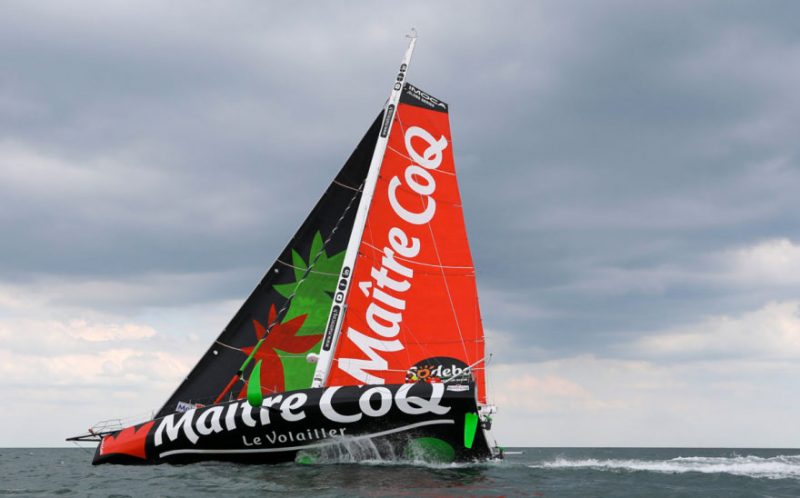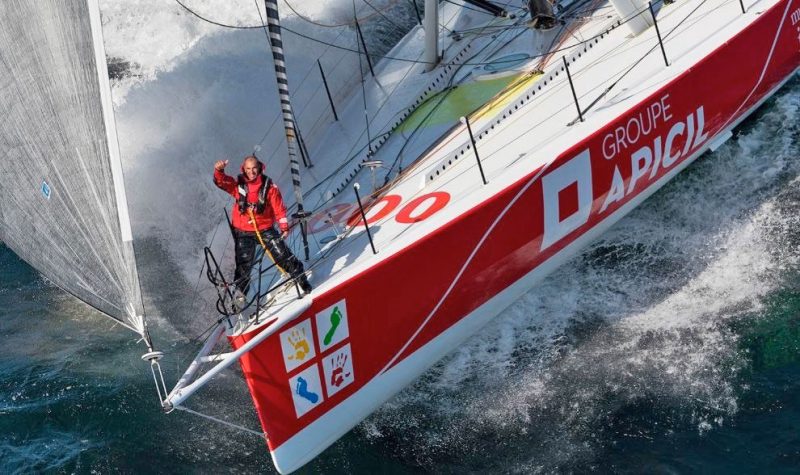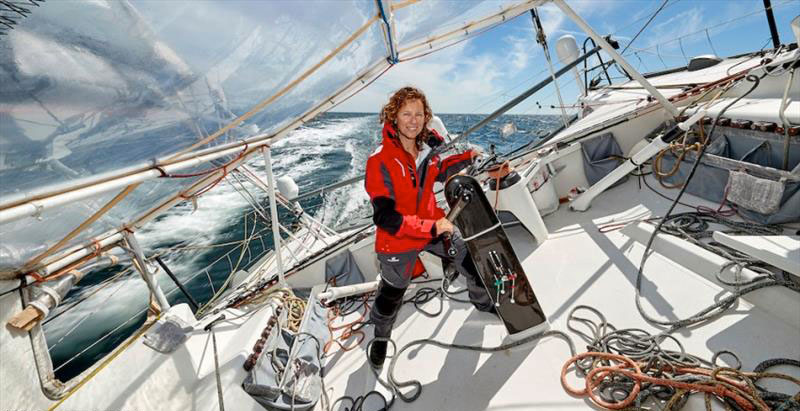
Vendée Globe Leaders Round Cape Horn

More than 57 days into this ninth edition of the Vendée Globe, the leaders have now rounded Cape Horn and begun to point their bows toward Europe. At the head of the fleet remains the improbable Yannick Bestaven onboard Maître CoQ IV. Bestaven rounded the famous cape with a time of 55 days 00 hours 22 minutes. For the sake of comparison, this year’s Vendée Globe continues to be much slower than editions past. When Armel Le Cléac’h zipped past the legendary rocky promontory in 2016, he did it in just 47 days and change, nearly eight days faster than the race leader this year. Charlie Dalin on Apivia and Thomas Ruyant on LinkedOut rounded next.

Just behind the leaders, the first main pack of boats from Benjamin Dutreux in fifth down to Isabelle Joschke in 11th remains very tightly bunched. The 6th- to 11th-place boats are poised to round Cape Horn in the next day. At the tail end of this first fleet now lies Isabelle Joschke — the race’s top female competitor. She has been consistently tumbling down the rankings over the past few days. Her own personal challenges reflect the difficulties faced by many skippers in this race, who are merely nursing wounded boats out of the Southern Ocean and back home.

“I lost my aerial 48 hours ago,” reports Joschke. “The autopilot can no longer steer in wind mode. That was already an additional difficulty for me in terms of performance. Then in the night from Saturday to Sunday, I tore my gennaker. Since then I have been short of power. With all these problems, I hadn’t slept enough and I was exhausted. I heard a rather loud metallic noise. At this point I noticed that the cylinder rod had come loose from the keel head. Even so I am still OK because I have a keel-locking system in the middle. Now we can say that the boat is completely out of danger.”
With an autopilot that only steers to a compass heading, a keel that no longer cants to windward, and the loss of her gennaker, Isabelle may soon have to deal with challenges from 12th-place Clarisse Cremer on Banque Populaire and the hard-charging 13th-place Armel Tripon on L’Occitane en Provence.
While many competitors and race fans alike look forward to the day when their favorite boat rounds Cape Horn and gets out of the Southern Ocean, the next leg from Cape Horn to the southeast trades is typically one of the most challenging parts of the entire race. A long and oftentimes difficult and windy beat, ascending the Argentine coast has long been known as a boat breaker. Look for another update in about a week when the bulk of the fleet has made it around Cape Horn and the leaders begin to touch the first trade winds that will give them a quick passage home to Europe.
